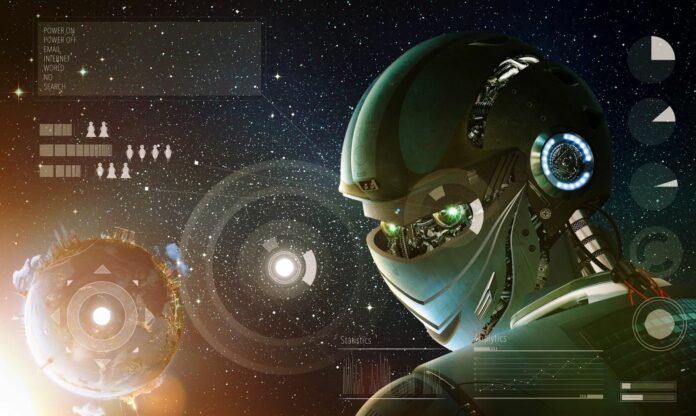Black Holes have always been a burning topic among astronauts. Black holes are more unpredictable and led researchers to focus on their own. With the introduction of AI, an ample amount of information can be known that too up to a great extent.
Black Holes are the points in the space that are so dense to create deep gravity chunks which are generally opaque. It is also said that anything whether a star, planet, spaceship when attracted by the gravitational pull of the black hole. It is said that they transform and compress themselves into putty whereas theoretically that process is said to be spaghettification.
The existence of Blackhole was first proposed by Albert Einstein while working on his “Theory of Relativity. Since then it has become a matter of research, discussion among the astronauts. With the introduction of Concepts of using the technological aspect of AI, not only the black holes but also the existence of other hidden myths can also be known.
A Scientist named Eliu Huerta from the National Centre for Super Computing and Department of Astronomy from the University of Illinois. Came up with a concept of merging AI & HPC (High-Performance Computing) to observe a wider view of Cosmos at space. Hence it is also said that if he succeeds in his research then it is expected to answer thousands of unanswered as well as prolonged questions in the Universe.
Recently a massive collision of two black holes was detected which were expected to happen Seven billion years ago. An AI-enabled Bot named ‘CLARAN’ which scans images taken up by radio telescope and can spot the galaxies which emit powerful radio jets from the center of the black holes. Hence the credit for the concept of the discovery of CLARAN goes to “Dr. Ivy Young” from ICRAR.
To measure faint signals of black hole emergence with the larger one Huerta and his students created a neural network. The main components used in this experiment were as follows:
They used an IBM POWER9 system with 64 NVIDIA V100 Tensor Core which took approx. 12 hours to train the formed Neural network with a systematic requirement of 1.5 million waveforms. By gaining access to 1536 V100 GPU on 256 nodes of IBM AC922 Summit at Oak Laboratories. By combining with these the test time was reduced to 1.2 hours. By the integration of AI & ML, these innovations proved to be major progress in astronomy projects. As these fields are advancing more and more we will be able to see more interesting discoveries in astronomy in the coming years.

